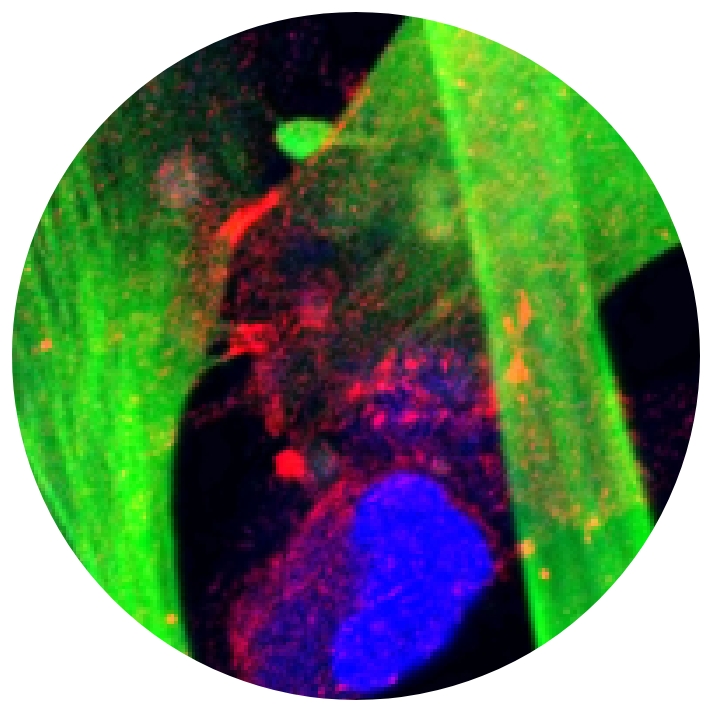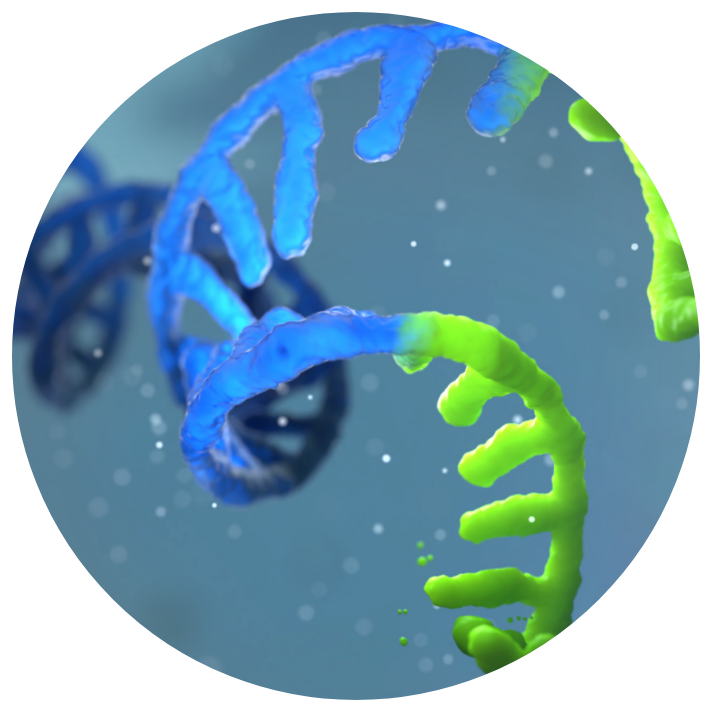Precision oncology is our expertise and our passion
As a leader in oncology testing, we offer a comprehensive menu for solid tumor and hematologic cancers to give you and your patients a clear path to optimized care.
We are a team of scientists and medical experts dedicated to providing state-of-the-art testing solutions combined with services that assist you and your lab in delivering precision oncology.
Cancer testing across multiple methodologies
We are continually refining and adding new assays to our robust menu of more than 500 tests, including immunohistochemistry (IHC), fluorescence in situ hybridization (FISH), flow cytometry, cytogenetics, molecular, and next-generation sequencing (NGS) panels, to keep our test menu at the forefront of cancer diagnostics.





